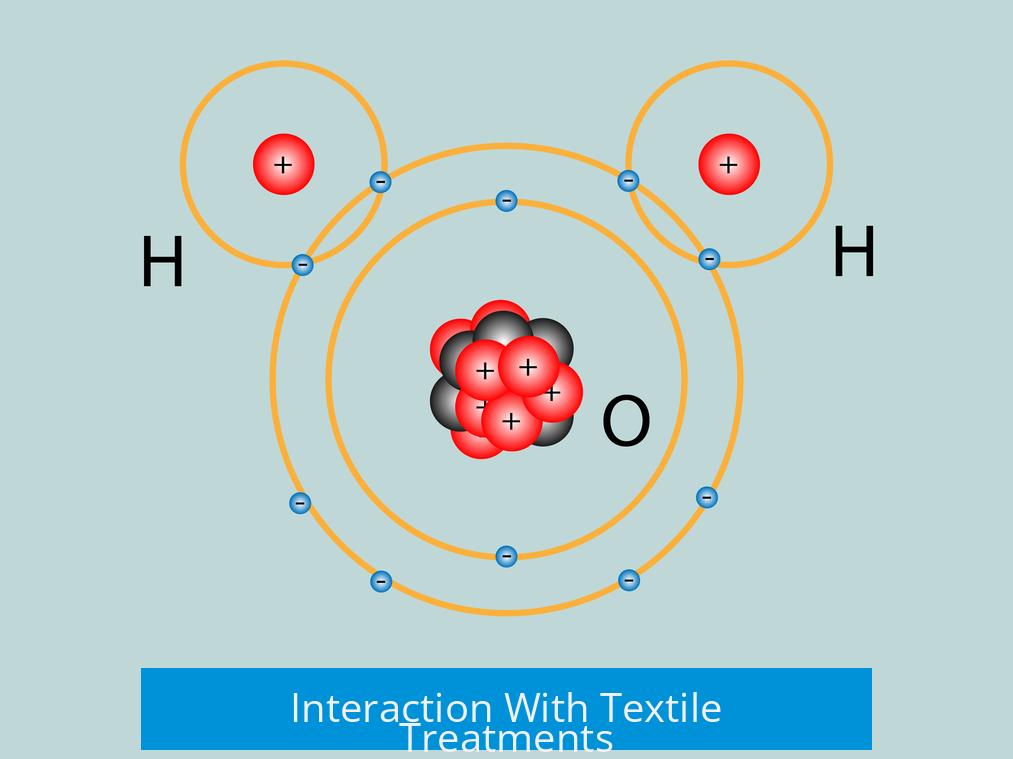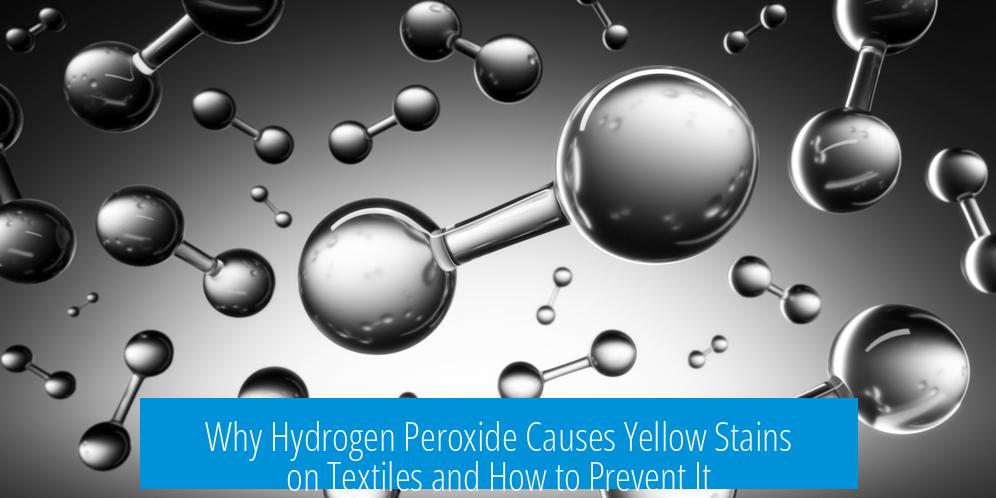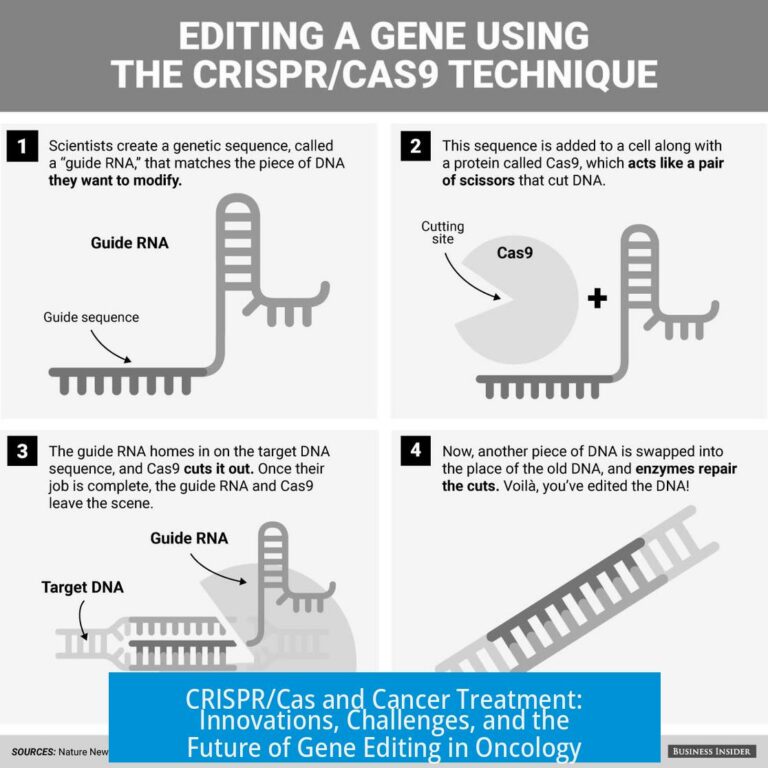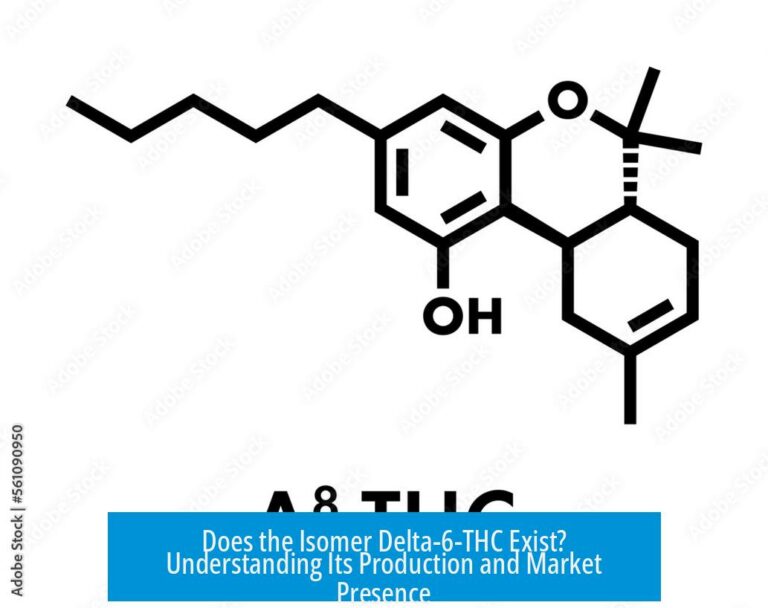Why Does Hydrogen Peroxide Sometimes Cause Yellow Stains When Used to Whiten Textiles?

Hydrogen peroxide can cause yellow stains on textiles because it oxidizes colored molecules incompletely, damages fibers like cotton causing artificial aging, and reacts with proteins or chemicals already present in the fabric. These factors alter the textile’s chemical and physical properties, resulting in yellow discoloration despite the bleaching effect.
Incomplete Oxidation and Degradation
Hydrogen peroxide works by oxidizing chromophores—molecules that absorb visible light—in textiles. This process renders these molecules colorless but does not remove them entirely. Over time, the oxidized compounds may further react with environmental factors such as air, light, or water, breaking down into yellow-colored degradation products. This ongoing reaction is a primary cause of yellow stains after bleaching.
Oxidation of Residual Proteins and Chemicals
Textile fibers often contain residual substances like proteins, dyes, flame retardants, sweat, food residues, or optical brighteners. Hydrogen peroxide can oxidize these compounds. The chemical modifications may produce new chromophores or degrade existing molecules into yellow compounds, contributing to staining. This effect is particularly significant if the fabric is not thoroughly cleaned before bleaching.
Artificial Aging and Fiber Damage
Cotton fibers naturally have slight yellow coloration but appear white due to how they reflect light. Hydrogen peroxide can “age” cotton fibers artificially by roughening and breaking microscopic strands. This degradation reduces the fabric’s ability to reflect blue light. As a result, the reflected light shifts towards red and green, causing the fabric to appear yellow. Unfortunately, damage to the fiber structure is irreversible, making this type of staining permanent.
Interaction With Textile Treatments

Other textile treatments such as flame retardants and optical brighteners may also react with hydrogen peroxide. The chemical reactions can generate unexpected discolorations, including yellow stains. Identifying these interactions requires careful examination of the fabric’s chemical history.
Potential Remedies
- Re-bleaching the fabric may sometimes fade yellow stains.
- Altering the pH environment by applying mild alkaline or acidic pastes (e.g., sodium carbonate or diluted vinegar) can be tested cautiously.
- Pre-testing any cleaning or bleaching procedure on a small, inconspicuous area is advisable to avoid damage.
| Cause | Mechanism | Effect on Textile |
|---|---|---|
| Incomplete oxidation | Oxidized chromophores degrade into yellow compounds | Yellow stains develop over time |
| Protein and chemical oxidation | Modification of residual substances | Yellow discoloration from new chromophores |
| Fiber damage (cotton) | Artificial aging breaks fibers, changing light reflection | Permanent yellowing due to altered light absorption |
Key Takeaways
- Hydrogen peroxide does not fully remove colored molecules; oxidation products can yellow over time.
- Oxidizing proteins and various chemicals in textiles may form yellow stains.
- Cotton fibers can be artificially aged, causing permanent yellow discoloration.
- Re-bleaching and pH treatments may reduce stains, but success varies.
- Always test bleaching on a hidden area before extensive application.





Leave a Comment